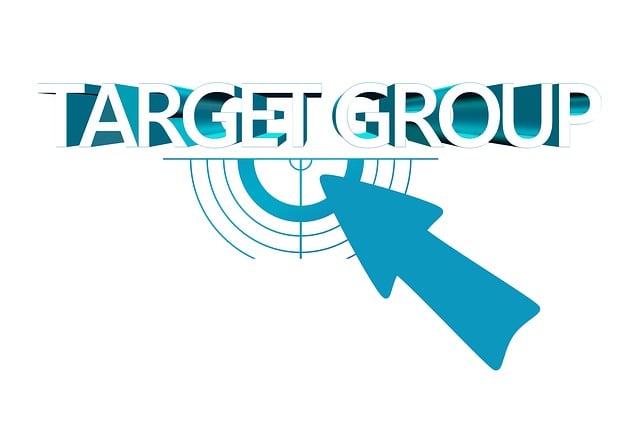Real estate negotiations involve strategic counteroffers, where buyers and sellers communicate through offers, counteroffers, and concessions based on market knowledge, financial standing, and property features. Both parties analyze initial offers, considering comparable sales and leverage points to achieve mutually beneficial agreements while fostering positive relationships for future transactions. Crafting effective counteroffers requires balancing direct responses, market insights, and strategic framing to maximize gains and cooperatively reach agreements.
In the competitive realm of real estate, counteroffers are a common practice. Understanding the dynamics behind these negotiations is key to gaining an advantage. This article equips you with strategies to effectively respond to counteroffers. By evaluating your position and crafting a compelling response, you can secure the best deal possible. Discover how to navigate this process, leveraging your knowledge of the market and the specific property in question, to ensure a successful transaction in real estate.
Understand the Counteroffer Dynamics in Real Estate

In real estate, a counteroffer is a crucial aspect of negotiation dynamics. When a buyer makes an offer on a property, the seller can choose to accept, reject, or propose a counteroffer—a modified version of the initial bid. This back-and-forth process is where strategic communication and understanding come into play. Both parties must be adept at interpreting market conditions, their own financial capabilities, and the property’s unique selling points to navigate these negotiations effectively.
The dynamics of counteroffers in real estate are intricate. Sellers may counter with a higher price, additional terms, or modifications to the buyer’s request. Meanwhile, buyers can use counteroffers to negotiate repairs, closing costs, or even a faster closing date. Understanding this dance is key for both parties to gain an advantage while ensuring a mutually beneficial agreement.
Evaluate Your Position and Options Strategically

When countering an offer in real estate, evaluating your position and options strategically is key. Analyze the initial offer thoroughly, considering market trends, comparable sales data, and your own financial situation. Assess if the offer undervalues your property or if there are any negotiable aspects that can be exploited to gain a better outcome. In a competitive market, understanding your leverage points can make all the difference.
Think beyond the monetary value of the counteroffer. Consider what concessions the buyer might be willing to make, such as adjusting closing costs, addressing repairs, or even altering certain terms in the contract. Strategically negotiating these elements can help you achieve a more favorable deal while maintaining a positive relationship with the buyer, which could prove valuable for future transactions.
Craft a Compelling Response for Maximum Gain

When crafting a counteroffer in real estate, it’s crucial to strike a balance between assertiveness and reasonableness. Your response should address the initial offer directly, highlighting aspects you find appealing or negotiable. For instance, if the buyer has proposed a lower price, present your counter by referencing comparable properties in the area with similar features that have sold for a higher amount. This demonstrates market knowledge and strengthens your position.
Additionally, frame your arguments to maximize gain. Instead of simply rejecting their offer, propose an alternative that benefits both parties. For example, you could offer a slight price reduction accompanied by a timeline extension for repairs or renovations. Such strategic counteroffers not only address the buyer’s concerns but also create a sense of cooperation, fostering a positive negotiation atmosphere and potentially leading to a mutually agreeable deal.






